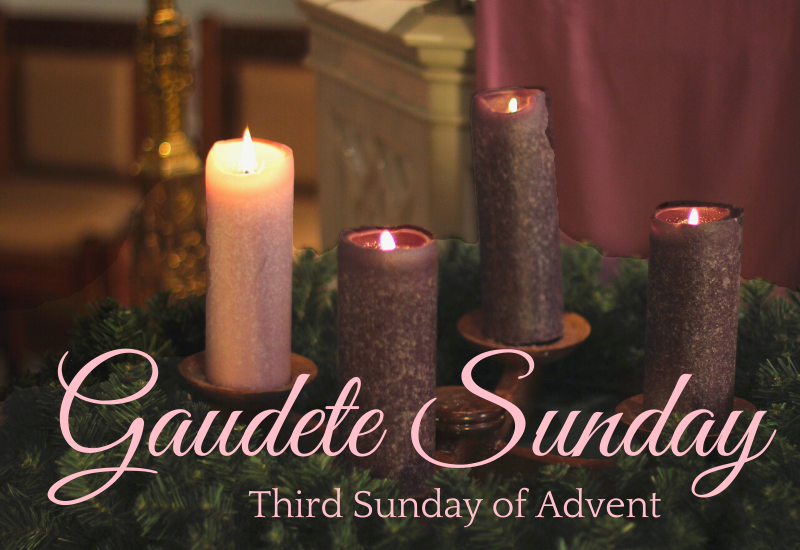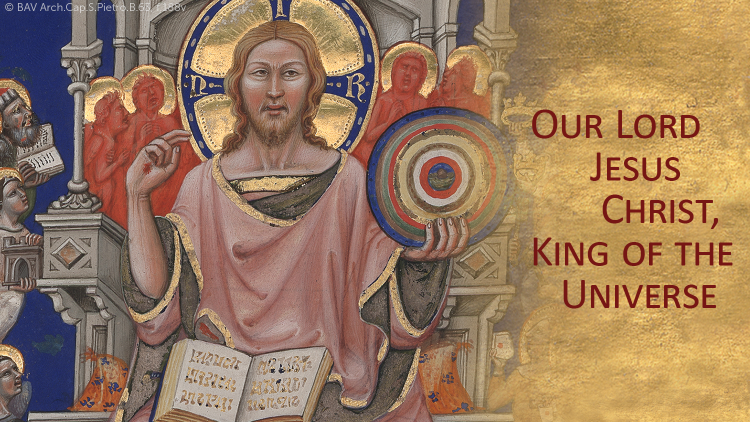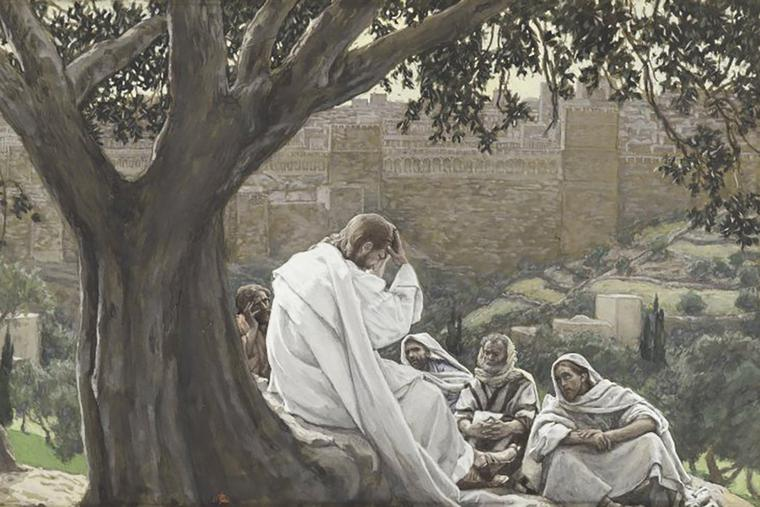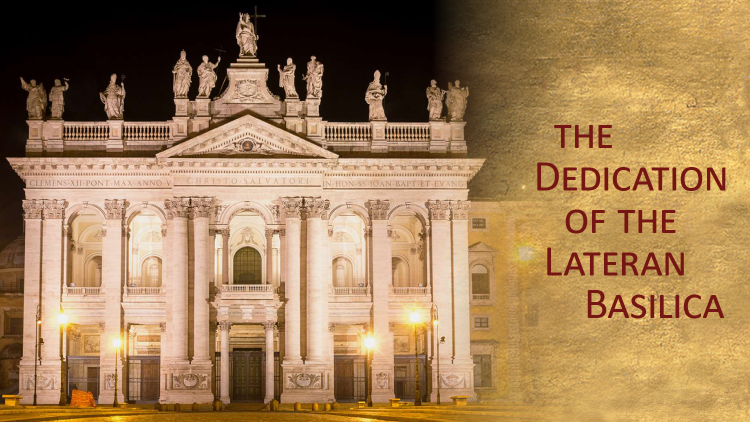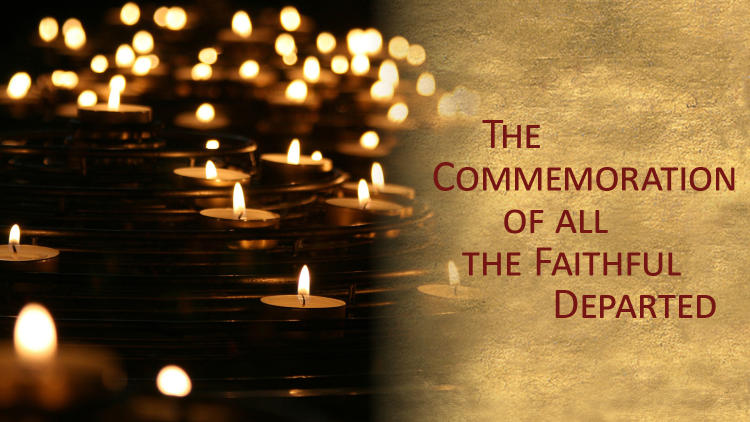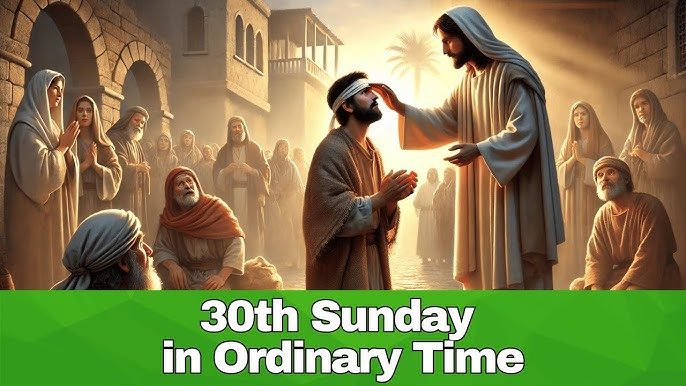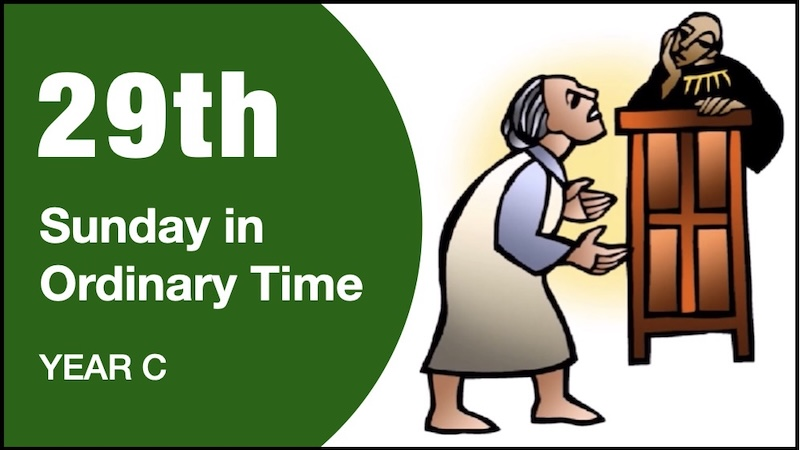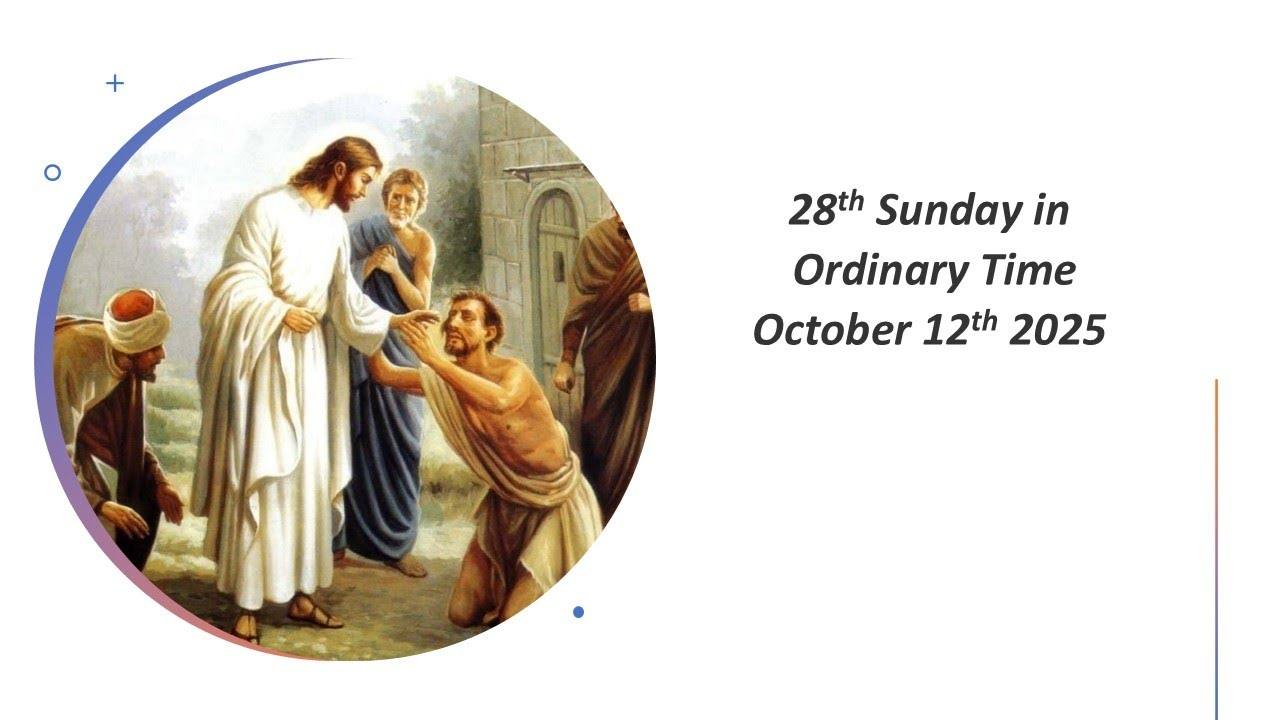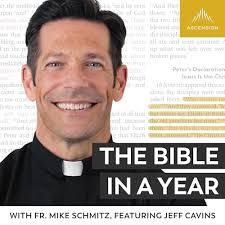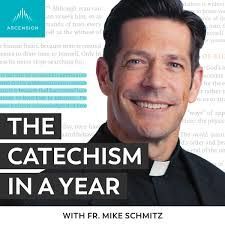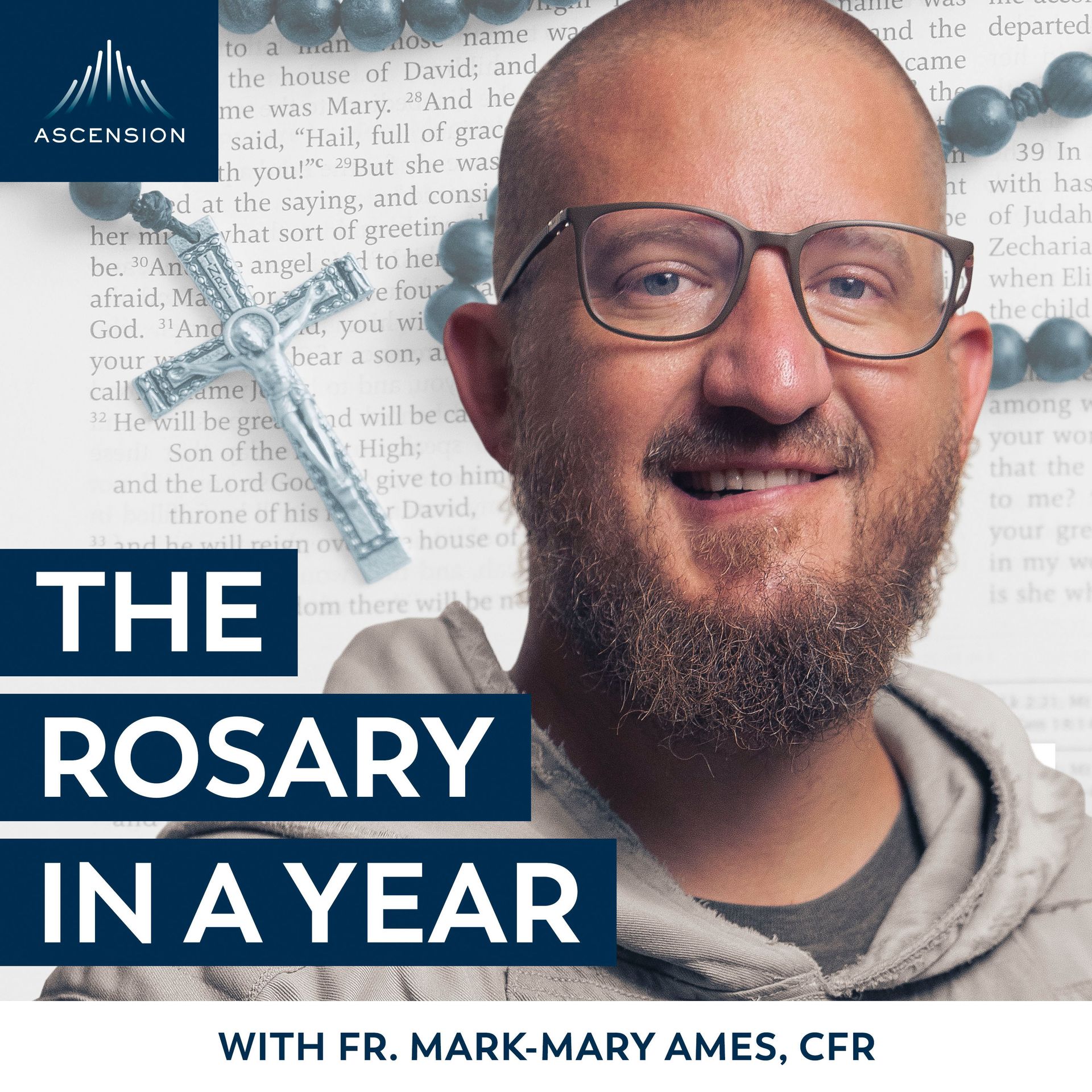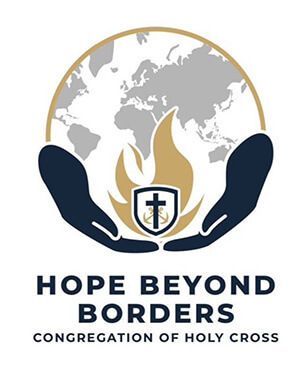The Transfiguration of the Lord, August 6, 2023
Dear Friends,
Today being the 6th August, we celebrate the Feast of the Transfiguration of the Lord as it occurs 40 days before the Feast of the Exaltation of the Holy Cross, 14 September.
Let us continue to read together the Post-Synodal Apostolic Exhortation of Pope Benedict XVI entitled: Sacramentum Caritatis. This exercise of reading this beautiful exhortation of Pope Benedict XVI in easy digestible portions is intended to help us to gratefully appreciate anew the gift of the Eucharist!
Have a Blessed Week!
With Love,
Fr. John
W e e k 6 — SA C R A M E N T U M C A R I T A T I S ( T H E SA C R A M E N T O F C H A R I T Y : T H E E U C H A R I ST )
CONTINUATION OF THE POST-SYNODAL APOSTOLIC EXHORTATION SACRAMENTUM CARITATIS OF THE HOLY FATHER BENEDICT XVI TO THE BISHOPS, CLERGY, CONSECRATED PERSONS AND THE LAY FAITHFUL ON THE EUCHARIST AS THE SOURCE AND SUMMIT OF THE CHURCH'S LIFE AND MISSION
P A R T O N E : T H E E U C H A R I ST — A M Y ST E R Y T O B E B E L I E V E D ( c on t i n u e d )
“This is the work of God: that you believe in whom he has sent.” (Jn 6:29)
THE EUCHARIST AND THE CHURCH —THE EUCHARIST, CAUSAL PRINCIPLEOF THECHURCH
Through the sacrament of the Eucharist Jesus draws the faithful into his "hour;" he shows us the bond that he willed to establish between himself and us, between his own person and the Church. Indeed, in the sacrifice of the Cross, Christ gave birth to the Church as his Bride and his body. The Fathers of the Church often meditated on the relationship between Eve's coming forth from the side of Adam as he slept (cf. Gen 2:21-23) and the coming forth of the new Eve, the Church, from the open side of Christ sleeping in death: from Christ's pierced side, John recounts, there came forth blood and water (cf. Jn 19:34), the symbol of the sacraments (30). A contemplative gaze "upon him whom they have pierced" (Jn 19:37) leads us to reflect on the causal connection between Christ's sacrifice, the Eucharist and the Church. The Church "draws her life from the Eucharist" (31). Since the Eucharist makes present Christ's redeeming sacrifice, we must start by acknowledging that "there is a causal influence of the Eucharist at the Church's very origins" (32). The Eucharist is Christ who gives himself to us and continually builds us up as his body. Hence, in the striking interplay between the Eucharist which builds up the Church, and the Church herself which "makes" the Eucharist (33), the primary causality is expressed in the first formula: the Church is able to celebrate and adore the mystery of Christ present in the Eucharist precisely because Christ first gave himself to her in the sacrifice of the Cross. The Church's ability to "make" the Eucharist is completely rooted in Christ's self-gift to her. Here we can see more clearly the meaning of Saint John's words: "he first loved us" (1 Jn 4:19). We too, at every celebration of the Eucharist, confess the primacy of Christ's gift. The causal influence of the Eucharist at the Church's origins definitively discloses both the chronological and ontological priority of the fact that it was Christ who loved us "first." For all eternity he remains the one who loves us first.
THE EUCHARIST AND ECCLESIAL COMMUNION
15. The Eucharist is thus constitutive of the Church's being and activity. This is why Christian antiquity used the same words, Corpus Christi, to designate Christ's body born of the Virgin Mary, his eucharistic body and his ecclesial body.(34) This clear datum of the tradition helps us to appreciate the inseparability of Christ and the Church. The Lord Jesus, by offering himself in sacrifice for us, in his gift effectively pointed to the mystery of the Church. It is significant that the Second Eucharistic Prayer, invoking the Paraclete, formulates its prayer for the unity of the Church as follows: "may all of us who share in the body and blood of Christ be brought together in unity by the Holy Spirit." These words help us to see clearly how the res of the sacrament of the Eucharist is the unity of the faithful within ecclesial communion. The Eucharist is thus found at the root of the Church as a mystery of communion (35).
The relationship between Eucharist and communion had already been pointed out by the Servant of God John Paul II in his Encyclical Ecclesia de Eucharistia. He spoke of the memorial of Christ as "the supreme sacramental manifestation of communion in the Church" (36). The unity of ecclesial communion is concretely manifested in the Christian communities and is renewed at the celebration of the Eucharist, which unites them and differentiates them in the particular Churches, "in quibus et ex quibus una et unica Ecclesia catholica exsistit" (37). The fact that the one Eucharist is celebrated in each Diocese around its own Bishop helps us to see how those particular Churches subsist in and ex Ecclesia. Indeed, "the oneness and indivisibility of the eucharistic body of the Lord implies the oneness of his mystical body, which is the one and indivisible Church. From the eucharistic centre arises the necessary openness of every celebrating community, of every particular Church. By allowing itself to be drawn into the open arms of the Lord, it achieves insertion into his one and undivided body." (38) Consequently, in the celebration of the Eucharist, the individual members of the faithful find themselves in their Church, that is, in the Church of Christ. From this eucharistic perspective, adequately understood, ecclesial communion is seen to be catholic by its very nature (39). An emphasis on this eucharistic basis of ecclesial communion can also contribute greatly to the ecumenical dialogue with the Churches and Ecclesial Communities which are not in full communion with the See of Peter. The Eucharist objectively creates a powerful bond of unity between the Catholic Church and the Orthodox Churches, which have preserved the authentic and integral nature of the eucharistic mystery. At the same time, emphasis on the ecclesial character of the Eucharist can become an important element of the dialogue with the Communities of the Reformed tradition (40).
(30) Second Vatican Ecumenical Council, Dogmatic Constitution on the Church Lumen Gentium, 3; for an example, see: Saint John Chrysostom, Catechesis 3, 13-19: SC 50, 174-177.
(31) John Paul II, Encyclical Letter Ecclesia de Eucharistia (17 April 2003), 1: AAS 95 (2003),
(32) Ibid., 21: AAS 95 (2003), 447.
(33) John Paul II, Encyclical Letter Redemptor Hominis (4 March 1979), 20: AAS 71 (1979), 309-316; Apostolic Letter Dominicae Cenae (24 February 1980), 4: AAS 72 (1980), 119-121.
(34) Propositio 5.
(35) Saint Thomas Aquinas, Summa Theologiae, III, q. 80, a. 4.
(36) No. 38: AAS 95 (2003), 458.
(37) Second Vatican Ecumenical Council, Dogmatic Constitution on the Church Lumen Gentium,
(38) Congregation for the Doctrine of the Faith, Letter on Some Aspects of the Church Understood as Communion Communionis Notio (28 May 1992), 11: AAS 85 (1993), 844-845.
(39) Propositio 5: "The term ‘catholic' expresses the universality deriving from the unity that the Eucharist, celebrated in each Church, fosters and builds The particular Churches in the universal Church thus have, in the Eucharist, the duty to make visible their own unity and diversity. This bond of fraternal love allows the trinitarian communion to become apparent. The Councils and Synods express in history this fraternal aspect of the Church."
